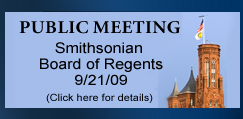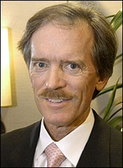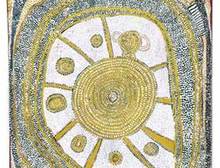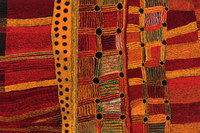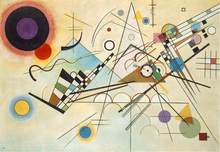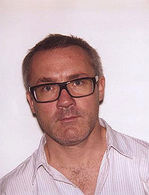It’s pretty darn hard to separate the life of Georgia O’Keeffe from the art of Georgia O’Keeffe.
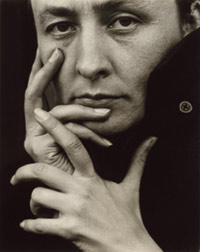 As critic Henry McBride once remarked, she was from the very start “a newspaper personality.” But if the exhibit on view at the Whitney Museum, Georgia O’Keeffe: Abstraction, does what curator Barbara Haskell would like — which is to recreate interest in her less well-known but more daring abstract works — it won’t change her image as a sexy temptress at all.
As critic Henry McBride once remarked, she was from the very start “a newspaper personality.” But if the exhibit on view at the Whitney Museum, Georgia O’Keeffe: Abstraction, does what curator Barbara Haskell would like — which is to recreate interest in her less well-known but more daring abstract works — it won’t change her image as a sexy temptress at all.
In part, that’s because the show’s catalogue publishes, for the first time, excerpts from letters O’Keeffe wrote to Alfred Stieglitz over the course of their acquaintance and eventual marriage.
Some of them are, as Whitney Director Adam Weinberg said at the press preview last week, “very steamy.”
Haskell said she wanted to “revitalize [O’Keeffe] for a new generation,” though — and this may help on that goal.
In any case, I’ve written about this for The Daily Beast (here), with excerpts from the excerpts, plus a slide show of her work and photographs.
The credit goes to Sasha Nicholas, who spent hours and hours going through the recently unsealed letters, which are in the collections of Yale.
Weinberg mentioned something else of interest: O’Keeffe was in the first Whitney biennial in 1932, and the museum acquired one of her paintings in 1932. When I searched The New York Times historical database for a review, I found this one by Edward Alden Jewell, but no mention of her work.
Photo: Georgia O’Keeffe, 1918, by Alfred Stieglitz, Courtesy Whitney Museum

